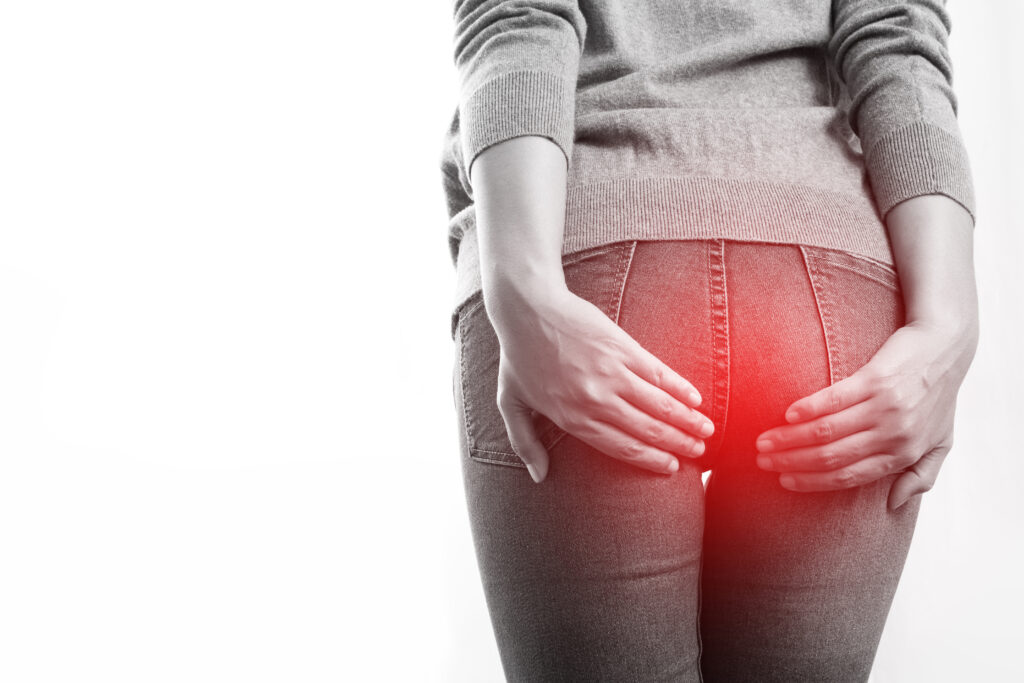What is Rectal Prolapse?
Rectal prolapse happens when part of the rectum slips out through the anus. The rectum is the last part of the large intestine. Usually, it stays inside the body. However, with rectal prolapse, it can turn inside out and stick out. This condition can affect people of all ages, but it is more common in older adults and women. Early treatment can help prevent problems. According to the CDC, rectal prolapse is not life-threatening, but it can cause discomfort and other issues.
Common Symptoms
Recognizing rectal prolapse symptoms early is important. Symptoms may start mild but can get worse over time. For example, you may notice:
Sometimes, the prolapse may go back in on its own. But over time, it may stay outside and need medical help.
Main Causes and Risk Factors
There are several rectal prolapse causes. Often, more than one factor plays a role. Some common causes and risk factors include:
Additionally, people with a family history of rectal prolapse may have a higher risk. According to the World Health Organization, keeping bowels healthy can lower some risks.
How Rectal Prolapse is Diagnosed
Doctors use several steps to diagnose rectal prolapse. First, they ask about your symptoms and medical history. Next, they do a physical exam. During the exam, you may be asked to strain as if having a bowel movement. This helps the doctor see if the rectum slips out. In some cases, tests like:
These tests help rule out other causes and plan the best treatment. Early diagnosis can make treatment easier and more effective.
Treatment Options
Rectal prolapse treatment depends on how severe the problem is. For mild cases, non-surgical options may help. However, more serious cases often need rectal prolapse surgery. Treatment options include:
Non-Surgical Treatments
These methods may work for early or mild cases. But if symptoms do not improve, surgery may be needed.
Surgical Treatments
Doctors choose the best surgery based on your age, health, and the type of prolapse. Surgery usually has good results. According to medical journals, most people recover well after surgery.
Lifestyle Tips and Prevention
While not all cases can be prevented, some steps may lower your risk. For instance, you can:
These habits can help keep your bowels healthy and may prevent rectal prolapse from getting worse.
When to See a Doctor
If you notice any rectal prolapse symptoms, see a doctor soon. Early care can prevent problems. You should also seek help if:
Prompt treatment can improve your quality of life. In some cities, you may find specialists who treat rectal prolapse. Ask your doctor for a referral if needed.
In summary, rectal prolapse can be managed with the right care. If you have symptoms, consult a specialist for personalized guidance.

